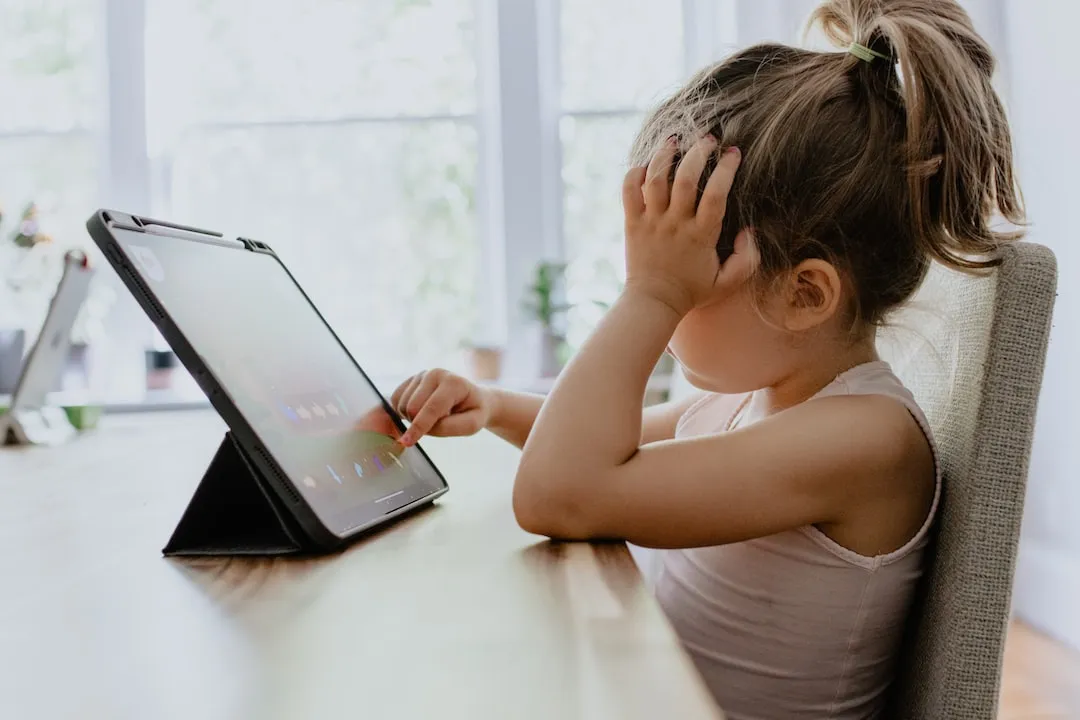Young Thinkers: Nurturing Critical Thinking Skills
To provide insights into nurturing critical thinking and problem-solving in children, we’ve gathered three expert opinions from a marketing manager and a holistic therapist. They share their experiences, from fostering decision-making with open-ended questions to guiding children to their own solutions, to help parents effectively develop their child’s thinking skills.
- Fostering Decision-Making with Open-Ended Questions
- Transforming Curiosity into Learning Experiences
- Guiding Children to Their Own Solutions
Fostering Decision-Making with Open-Ended Questions
As a parent, I would encourage critical thinking and problem-solving in my child’s daily activities by asking them open-ended questions like, “Why do you think this happened?” or “What might be other possible solutions to this problem?” I would foster problem-solving skills in my child by allowing them to make decisions and solve small problems, such as where to go camping or what to make for dinner tonight, and discussing the pros and cons of their decisions.
For example, when choosing what to make for dinner, I’d ask them to consider the likes and dislikes of every family member, taking everyone’s preferences into account, and present their choices with reasoning. These types of mental exercises boost their mind and encourage critical thinking skills in them.
 Sarah Parks
Sarah Parks
Marketing Manager, Moments Fostering
Transforming Curiosity into Learning Experiences
In our home, questions aren’t merely tolerated; they’re an invitation to explore. When my child asks, “Why is the sky blue?” I use this as a gateway to discovery, not just an opportunity to relay facts. We delve into books or experiments, transforming the question into a collaborative journey for answers. This shifts the paradigm from passive learning to active intellectual engagement.
For instance, when my child asked, “Why do we separate plastics and paper for recycling?” we didn’t settle for a simple reply. We embarked on a mini-project that included a visit to a recycling center and conversations with professionals in the field. This hands-on approach turned a curiosity into a learning experience we both share. It solidified his understanding and refined his problem-solving skills, inspiring him to think about optimizing our household’s recycling efforts.
 Marketa Kropacova
Marketa Kropacova
Holistic Therapist, Alpha Therapies
Guiding Children to Their Own Solutions
When they come to me with a problem, I never provide them the answer. Whatever it is, whether they don’t feel well, can’t find something, or whatever the problem, I always ask questions that help guide them to discovering the answer, or I ask them to detail to me how they believe I can best solve their problem.
“Can’t find your toy? How do you believe we can best resolve that?” The answers are great. I remember my son telling me we needed to form an organized search party. Then, he laid out who was responsible for searching each room in the home.
 Christopher Olson
Christopher Olson
CFO, Surfside Services
Submit Your Answer
Would you like to submit an alternate answer to the question, “How do you encourage critical thinking and problem-solving in your child’s daily activities? Share an example that has helped develop their thinking skills.”
